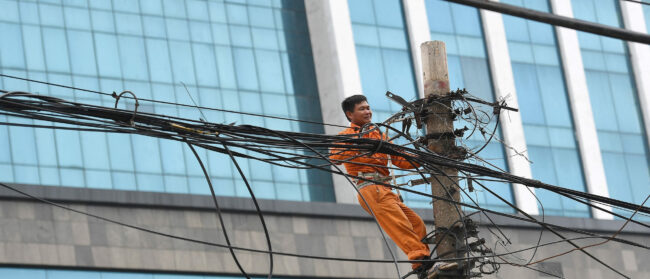Blades of rice slipped through Sam Siang’s fingers as he reached to feel the ripe crops at the beginning of his patrol. Perched on the bow, his vision was completely obscured until the wooden boat broke through a wall of vegetation and onto a water refuge.
The touk floated past a sign protruding from the water: “Otamoan Community Fish Refuge.” As chief of Okralanh village, one of Siang’s responsibilities is to safeguard the refuge from habitat degradation and illegal fishing.
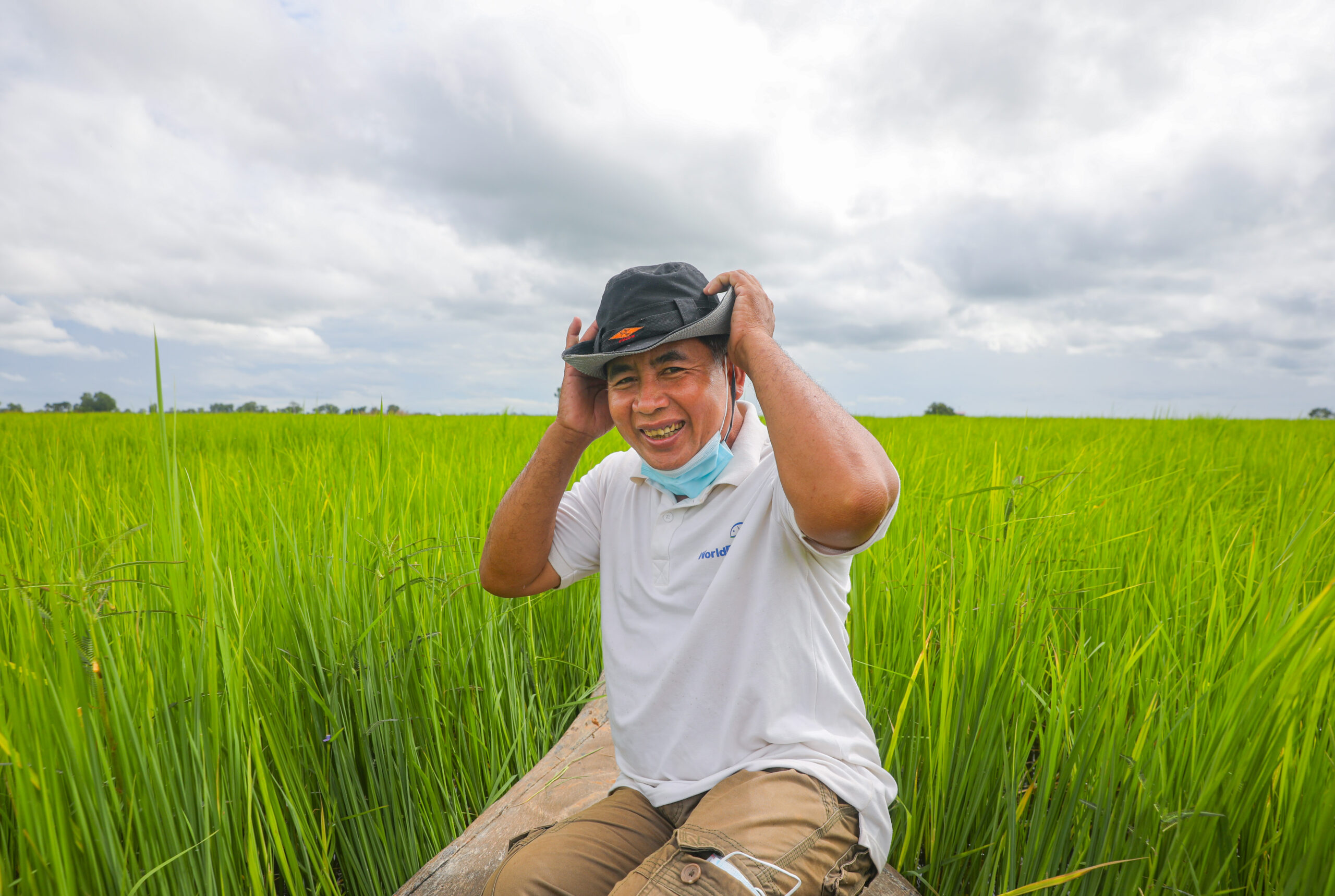
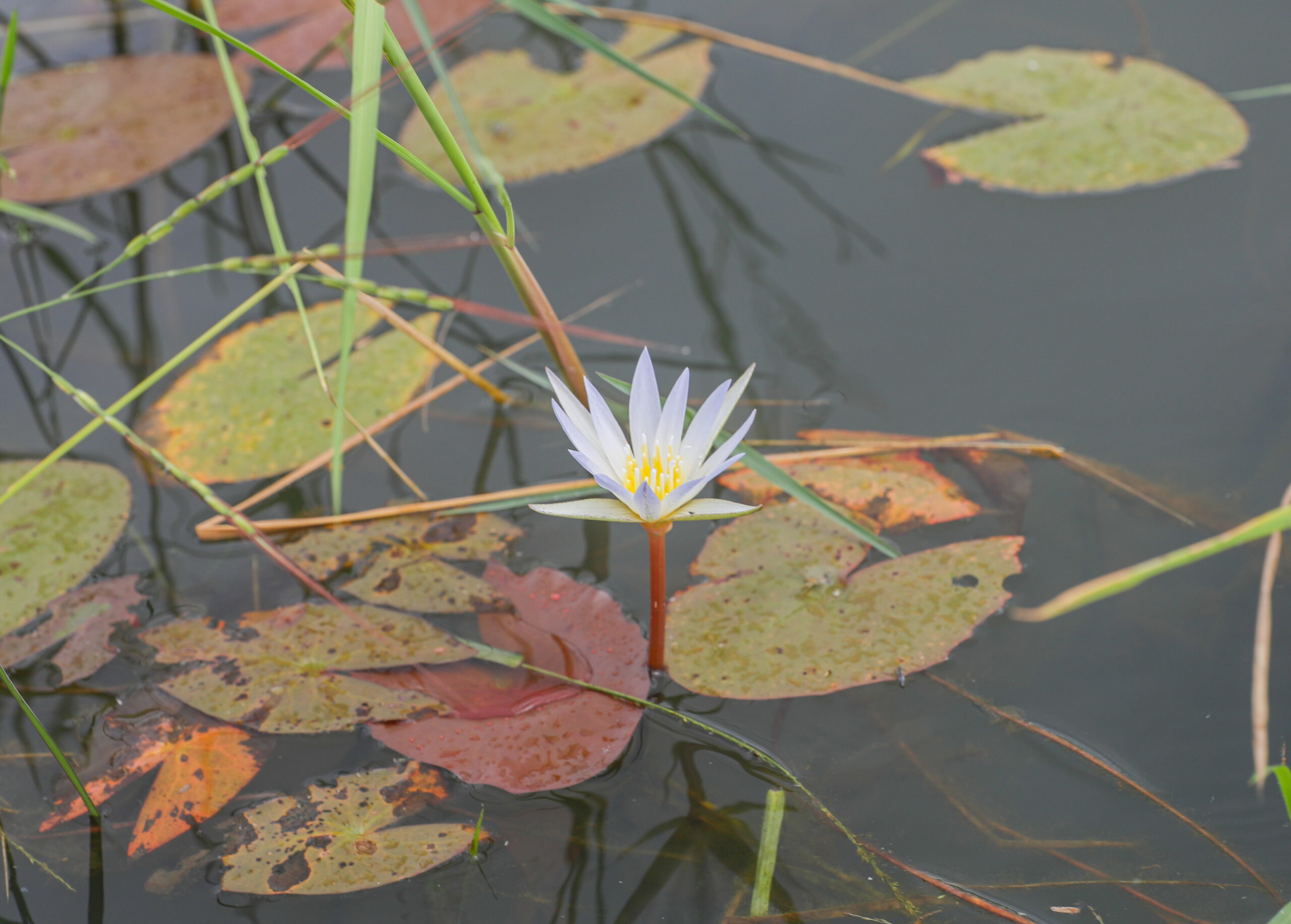
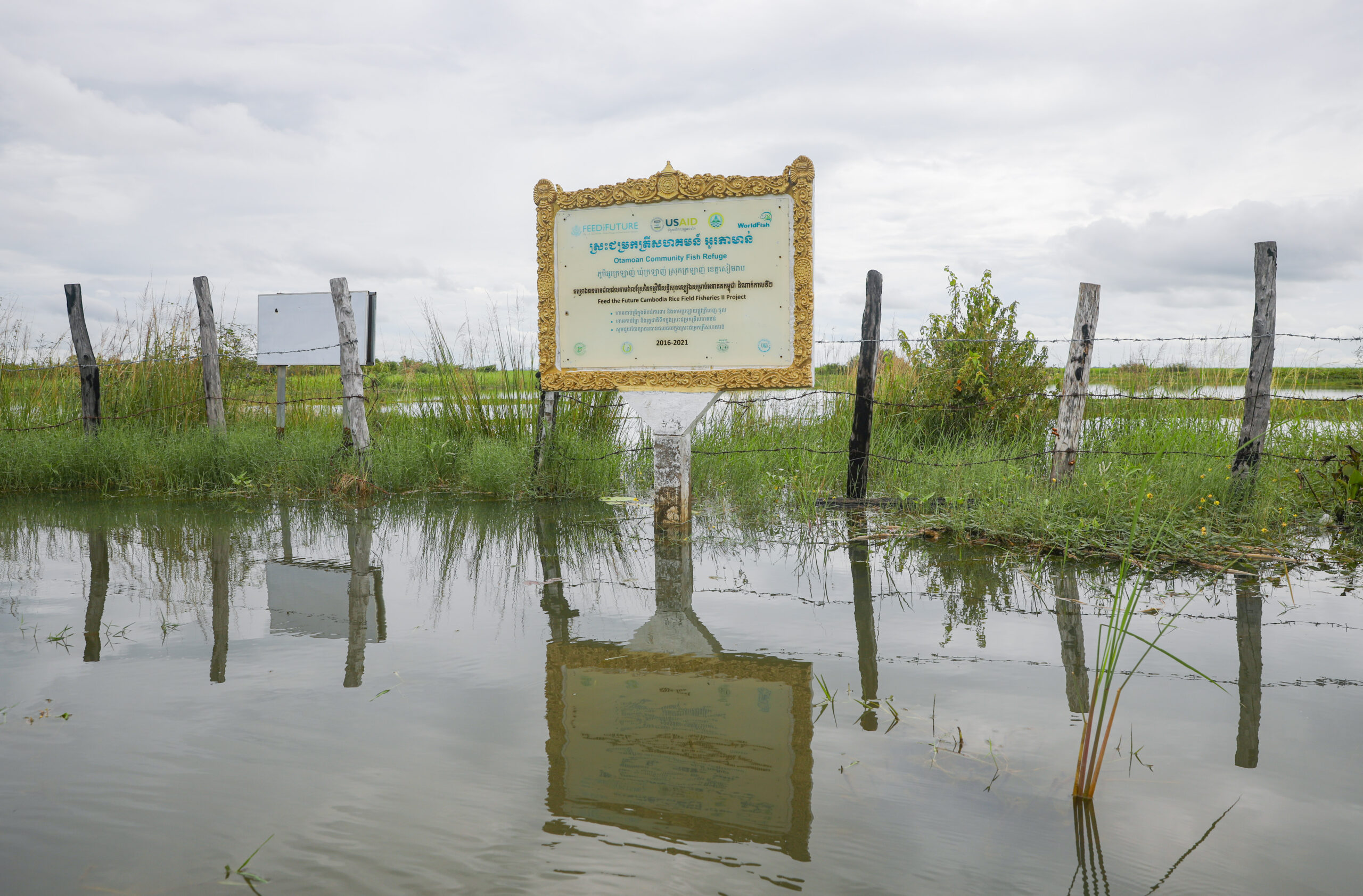
Community fish refuges, an aquatic habitat meant to improve the year-round productivity of rice field fisheries, and polyculture ponds, bodies of water allowing two or more fish species to grow simultaneously, are among the aquaculture techniques implemented across Cambodia to address malnutrition and food insecurity.
“Life was very hard before the refuge and the ponds,” Siang said. “As a single father with four kids, it was difficult to grow and afford enough food. Now being able to raise our own fish, especially healthy and nutritious fish, has helped a lot.”
Iron deficiency is a widespread nutritional disorder in Cambodia. As a consequence of chronic undernutrition, more than 30% of the Kingdom’s children under the age of five are affected by stunting.
“Fish refuges are a source of nutrient-rich aquatic food meant to supplement the diets of rural farmers, especially during the dry season when there is less food available,” said Phichong Ou, a program coordinator with WorldFish, an aquatic food systems NGO. “These fish can also be accessed freely by community members, which relieves the budgets of small-scale farmers.”
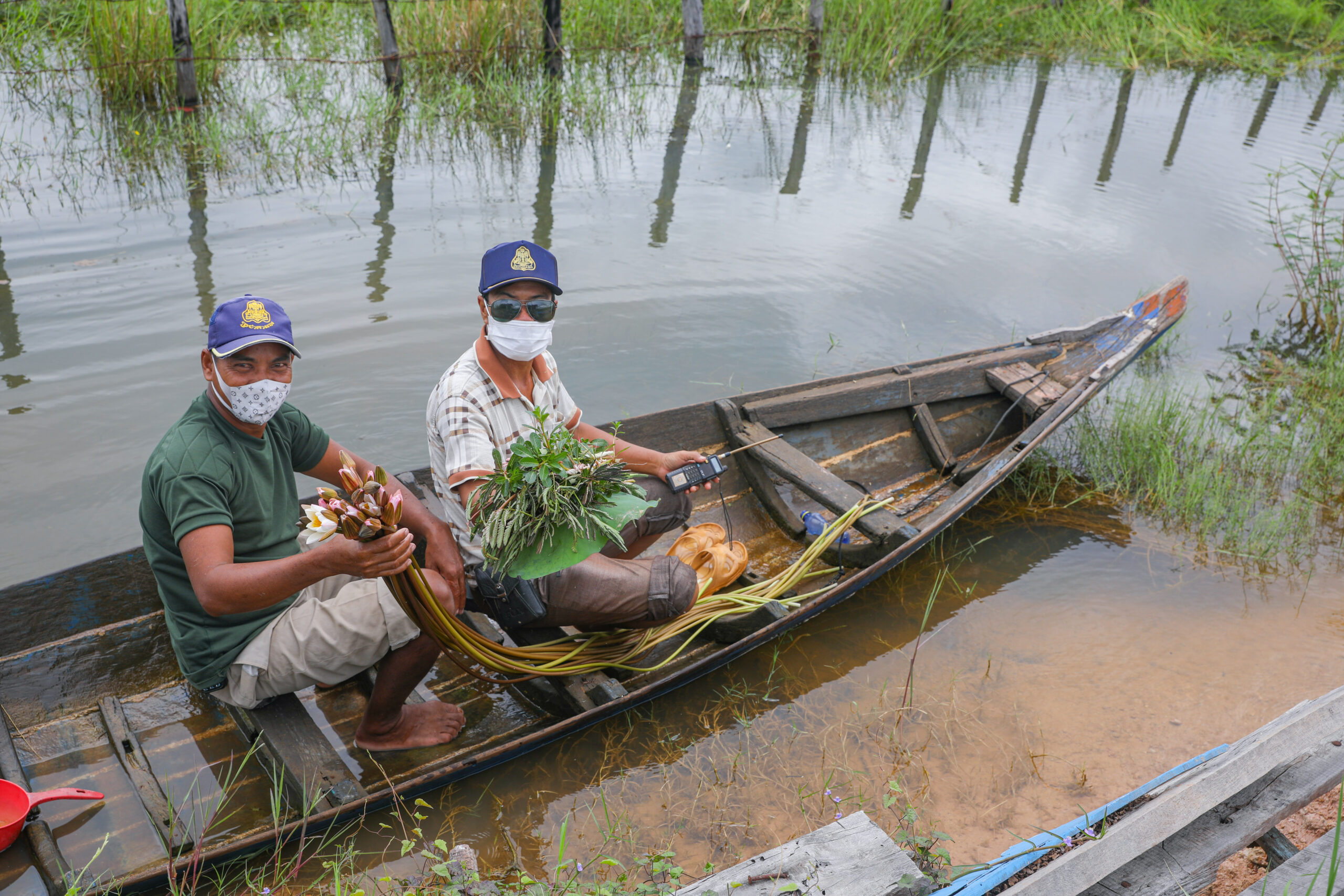
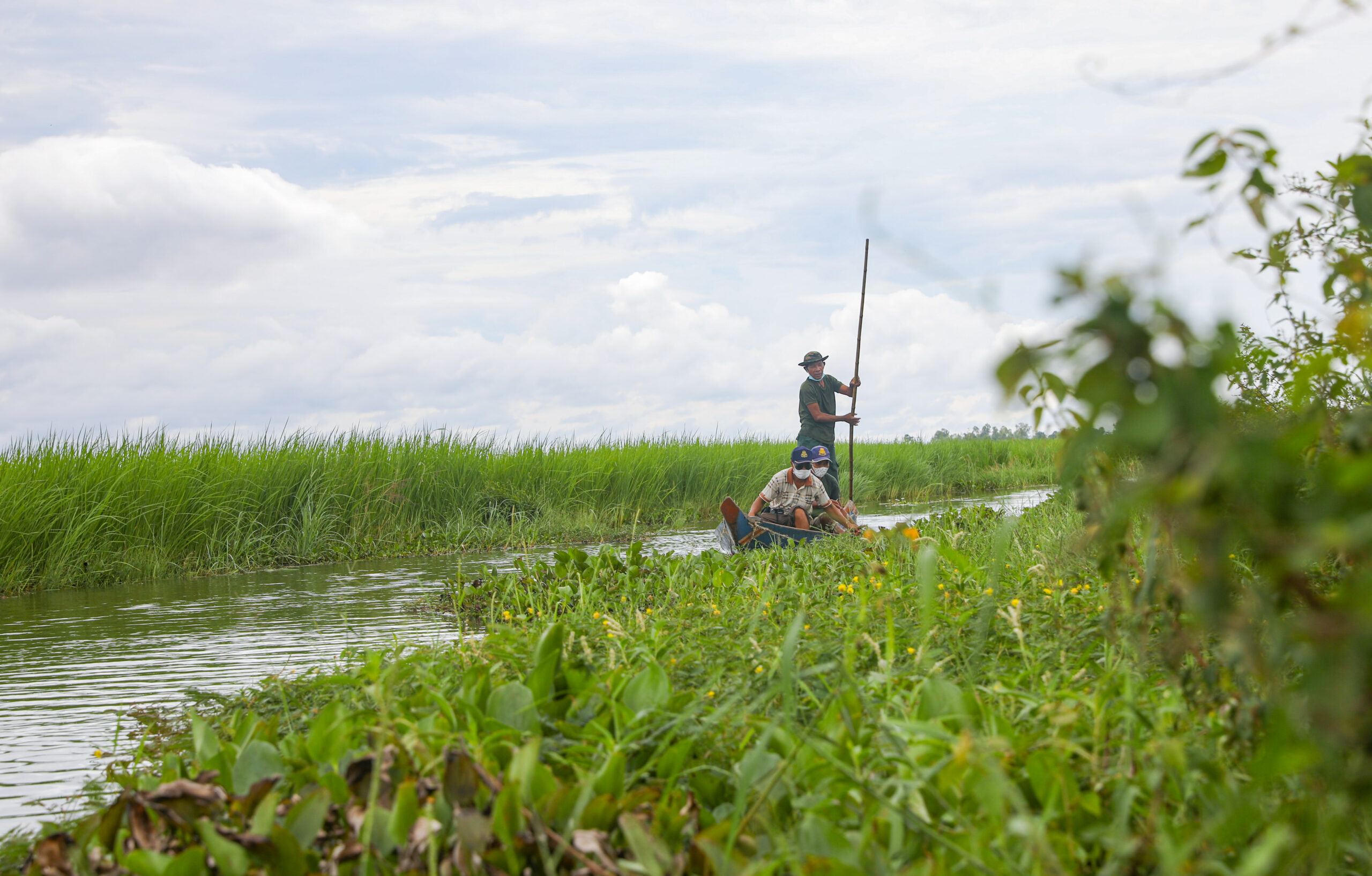
A WorldFish report explained how the refuge system “takes advantage of the natural flood pulse” by giving sanctuary to fish when water levels in inundated rice fields decrease, thus stabilising fish populations year round.
Trey changwa plieng, also known as the Mekong flying barb, are among the nutrient-rich fish species prioritised within these refuges and ponds. Approximately 900 fish refuges were established in Cambodia by the end of 2020, Ou said.
The future success of these aquaculture techniques will depend on their climate resilience. Ou believes “coping with climate change on the community level will need to be part of mitigation planning going forward.” So far, initiatives have included deepening refuges and ponds to mitigate drought and planting vegetation along water banks to prevent erosion.
Coping with climate change on the community level will need to be part of mitigation planning going forward
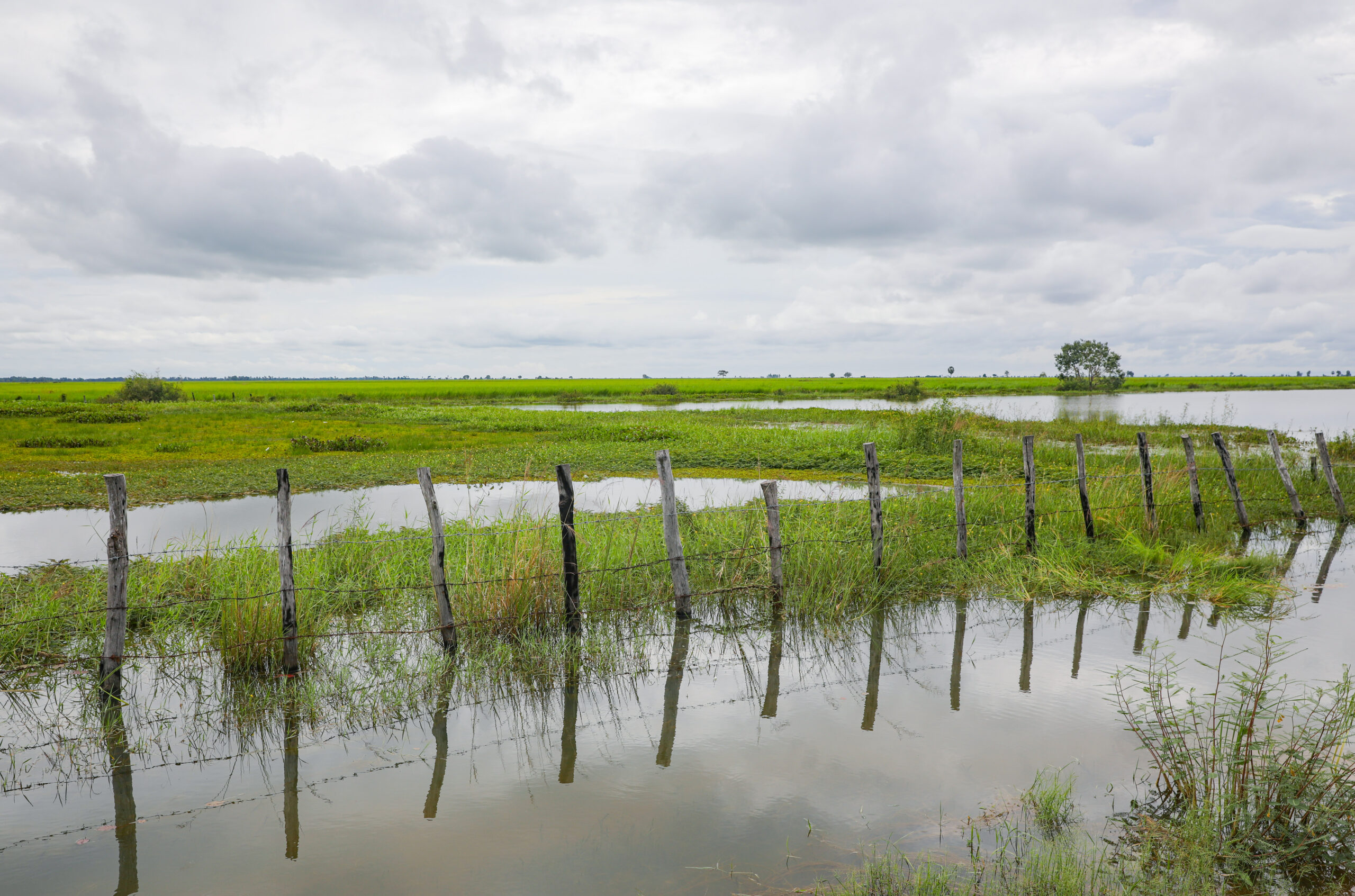
The refuge Siang patrols in Okralanh village is one of 140 developed through the Feed the Future initiative run by the US government.
“Siang will continue working with these ponds and refuges long after the project has finished. He is in charge of maintaining and protecting these resources for the village,” Ou said. “Donor support will not go on forever, which is why it is so important to involve local people so that they feel a sense of ownership over these types of projects.”

